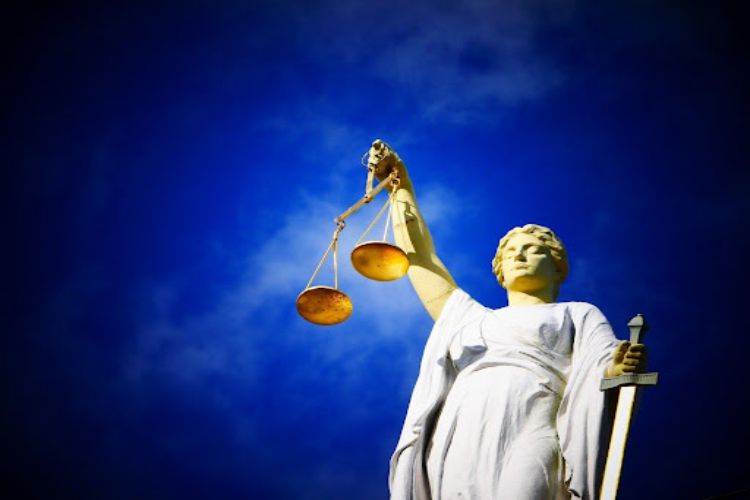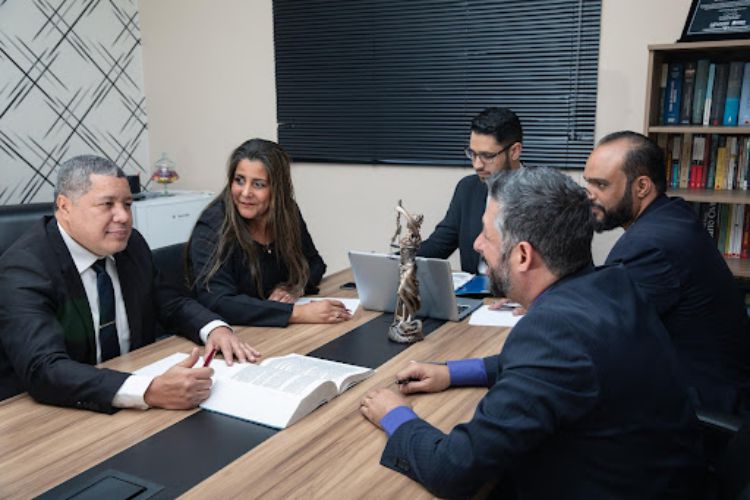 Car accidents are sad and unforeseen circumstances that could happen to anyone. While some car accidents can be avoided, others cannot, hence the need to get acquainted with what to do after a car accident.
Car accidents are sad and unforeseen circumstances that could happen to anyone. While some car accidents can be avoided, others cannot, hence the need to get acquainted with what to do after a car accident.
Car accidents could result from several factors. The National Highway Traffic Safety Administration, under the U.S Department of Transportation, summarized the top causes of accidents under the following:
- Atmospheric conditions, for instance, in snow or rainy periods
- Driver’s Negligence such as driving too fast and entertaining distractions and panic.
- Roadways such as slick or wet road surfaces or road geometry
- Vehicle malfunction or faulty vehicle parts
Hopefully, you will not get involved in a car crash, but should you have an automobile accident case? Have a quick look at steps to take irrespective of who caused the car collision or crash. If you didn’t cause the car accident read more on Lawrina what to do.
Also, check out how to deal with a car accident below.
Table of Contents
1. Pull Your Car to Safety Immediately after Getting into a Car Accident
If possible, pull your car to safety immediately after an accident. Preferably to a visible and public place or by the roadside to prevent any further accident. Afterward, turn on your vehicle’s emergency light and use road flares to slow down oncoming cars.
2. Check for the Safety of Everyone after Getting into a Car Accident
Whether it is a minor or major car accident, check if you are injured. If you are slightly or not injured or can move, ensure others on the same journey are safe.
In case it is a minor car accident, and you have kids, disabled adults, or pets in the car with you, do not lock them in the car while you move to the accident scene to see the extent of car damage and related issues.
But if a major crash happens and you have kids in the car seats, do not remove them but allow first responders to examine the children to ascertain they are not injured.
And if you are hurt and cannot move, call or ask a bystander to put a call through to 911 and then wait for the arrival of emergency personnel.
3. Call Law Enforcement or Request an Ambulance
While you might not consider calling the Police unit in minor and major car collisions, it is good to do so. In fact, some states legalize reporting any accident case. Also, call for medical attention in case anyone is injured. Before calling the law enforcement agency for medical attention, get the full address of your present location.
Then, you can place a call, supply all the essential data they ask for. According to III, when the Police arrive, they will document the scene and fill out the accident report for you.
However, if they don’t show up, reach out to the nearest station in less than seventy-two hours. This accident and a police report are vital, for instance, when you are sued or for the claim process.
In most cases, especially when you are out of state, the emergency number to call is 911, though some states have varying numbers to call when you want to call the Police. Thus, it is vital to know the number that applies to your state. Otherwise, call 911.
4. Exchange information
After securing yourself and others, initiate a conversation with the other driver irrespective of who is wrong or right. Then, exchange relevant information. Though information to exchange differs from one state to another, the following are the basic ones you should get from the other driver.
- The name and contact information
- Accident location
- The Insurance company and policy number
- Name and contact information of eyewitnesses
- The vehicle type, color, and model
5. Document the accident
Apart from exchanging information, document some information for your safety. These pieces of information include.
- The responding officers’ names and badge numbers.
- Your copy of the Police report
- The names and addresses of involved parties.
- Equally important are pictures of the incident. Take clear shots from various angles that can reveal the damage on both cars. These pieces of information are also vital when you file for a vehicle insurance claim.
6. Notify your Provider and Start Insurance Claim Process
It is essential to get across to your insurance provider quickly. Their services are in place to protect you financially and provide other services available in their policies, which is to your advantage.
Whether to file a claim depends on the following components;
- The driver at fault
- The extent of car damage
- Type of injury sustained
- The type of insurance coverage you or the other driver has in place
Most collision policies cover car damage, personal injury protection, and medical payment.
To file a claim, get a list of the necessary information on the insurance company’s website or call them directly. Ensure you do this before the deadline. Some of the required documents are a police report, photos taken, and the other driver’s information.
During a claim process, a given claim adjuster will handle your case. The adjuster will assess the extent of damage and injury and how much it will cost for the company to cover the claim.
Interestingly, many insurance companies have bettered their virtual car insurance claim procedures. Thus, mobile tools are utilized to make the handling of claims faster.
However, check your auto insurance premium package immediately after settling a crashed car insurance claim. There is a likelihood of a hike in fee. And perhaps, you could get a better deal out there from another property damage insurance company.
7. Consult Your Attorney
 Also, consult your attorney after an accident to protect your interest. The attorney handles the following;
Also, consult your attorney after an accident to protect your interest. The attorney handles the following;
- Meet all legal deadlines
- Explain the legality of your claim
- Handle and protect your interest with the insurance company
- Proves the liability of your injury
Common Pitfalls to Avoid After Getting Into an Accident
- Avoid running away from the accident scene as this could lead to a criminal charge.
- When exchanging information, do not admit fault or use a statement that indicates you are guilty.
- Avoid casting blames on each other.
- Avoid talking to your or the other party’s insurance company unprepared.
Now you have an idea of things to do after a car accident or how to deal with a car accident, a checklist of the necessary information to file a claim. Finally, remember to drive safely.





